Remodeling your home is stressful, especially if your contractor is using industry jargon you don't understand. Don't worry, Erdmann is here to give you some insight on what your contractor is talking about. These are some of the most asked about terms. Allowance(s) - A sum of money set aside in the construction contract for items which have not been selected and specified in the construction contract. Best kept to a minimum number and used for items whose choice will not impact earlier stages of the construction. For example, selection of tile because flooring may require an alternative framing or underlayment material. (Also, money that your parents give you as a child.) Apron flashing - a term used for a flashing located at the juncture of the top of a sloped roof and a vertical wall, chimney or steeper-sloped roof.
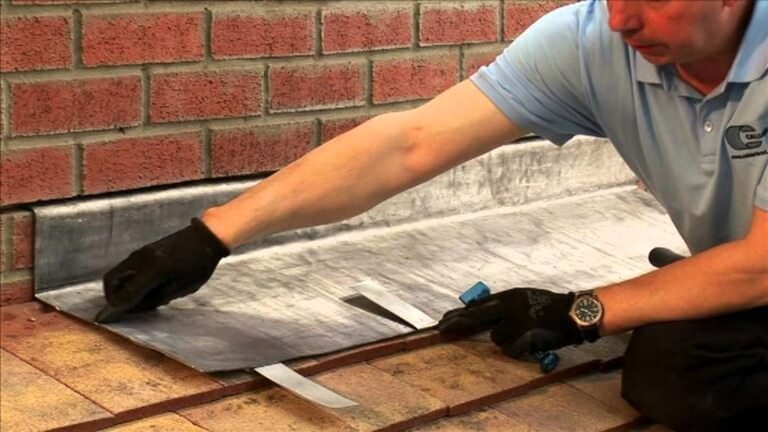 Apron Flashing
Apron Flashing
 Downspout
Downspout
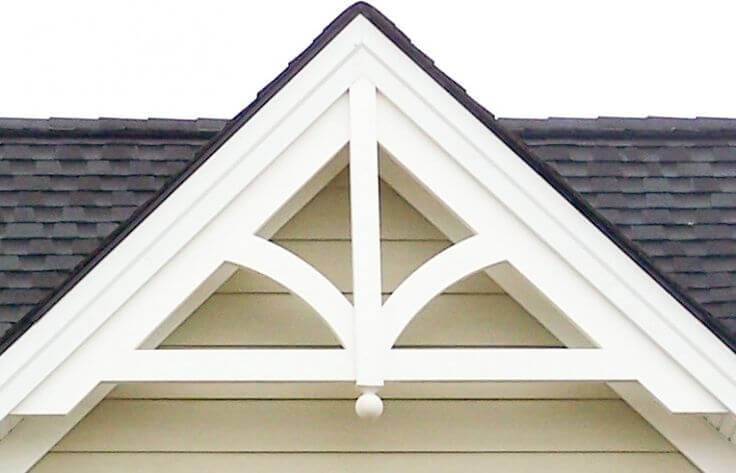 Traditional Gable
Traditional Gable
(Source) http://www.contractorschoolonline.com/
Tags
Subscribe to Erdmann Exterior Designs's Blog





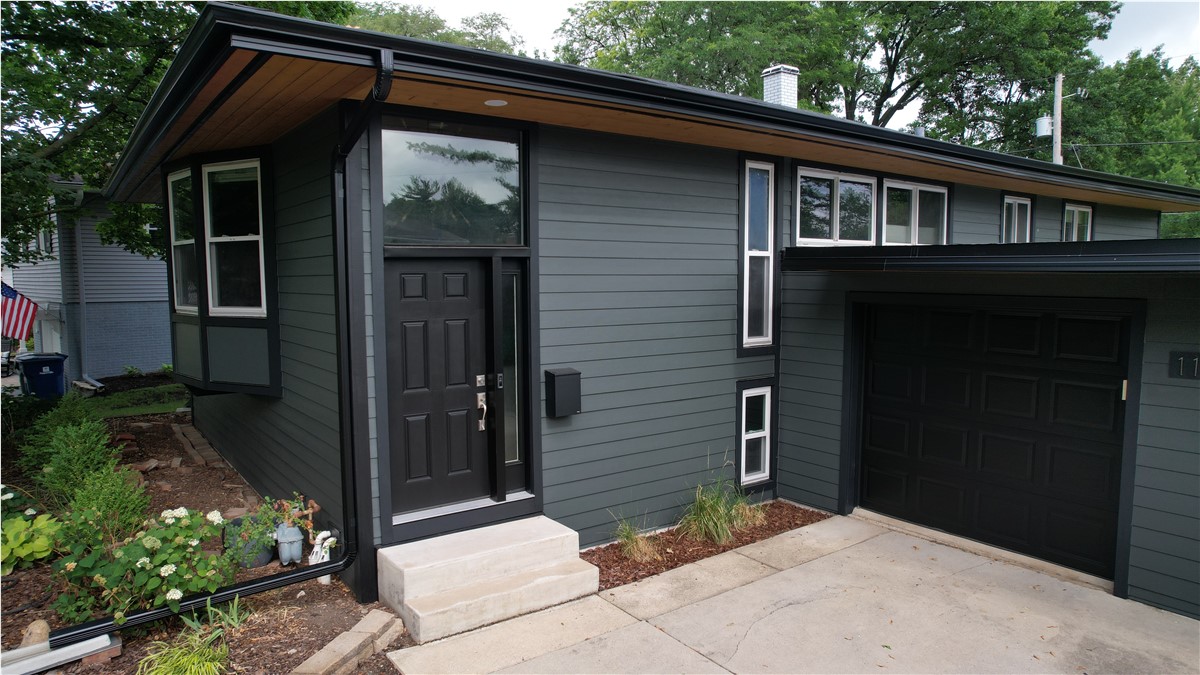
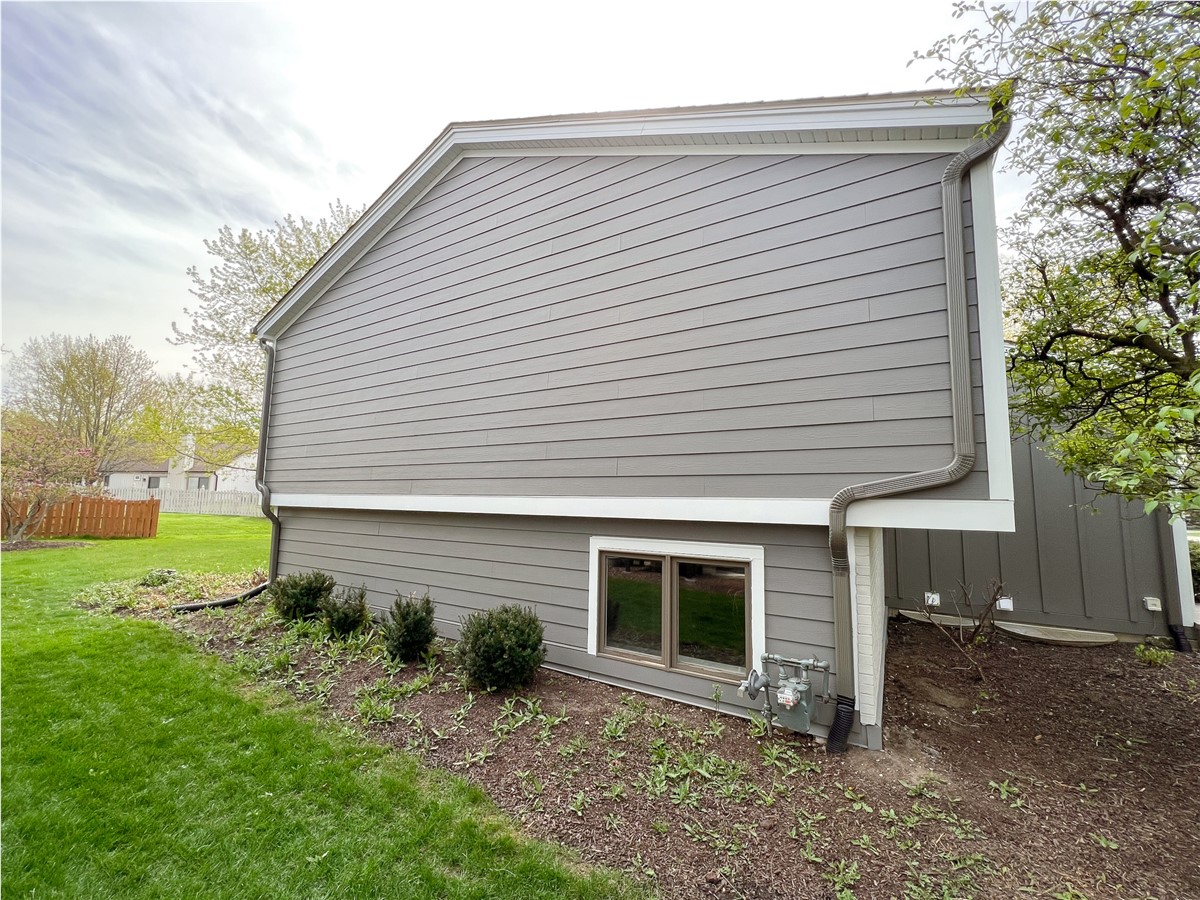
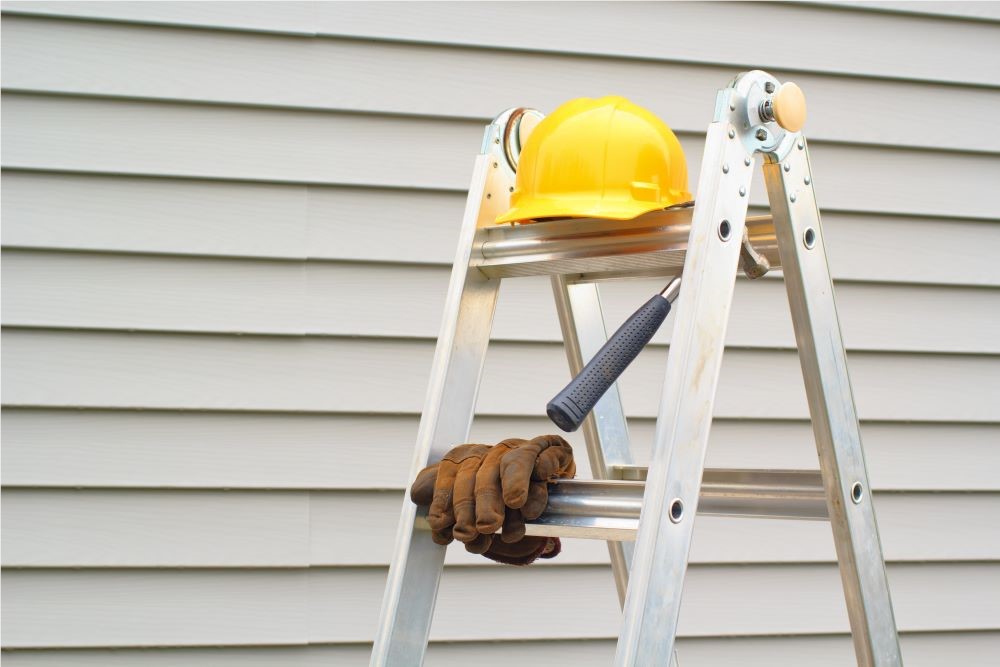

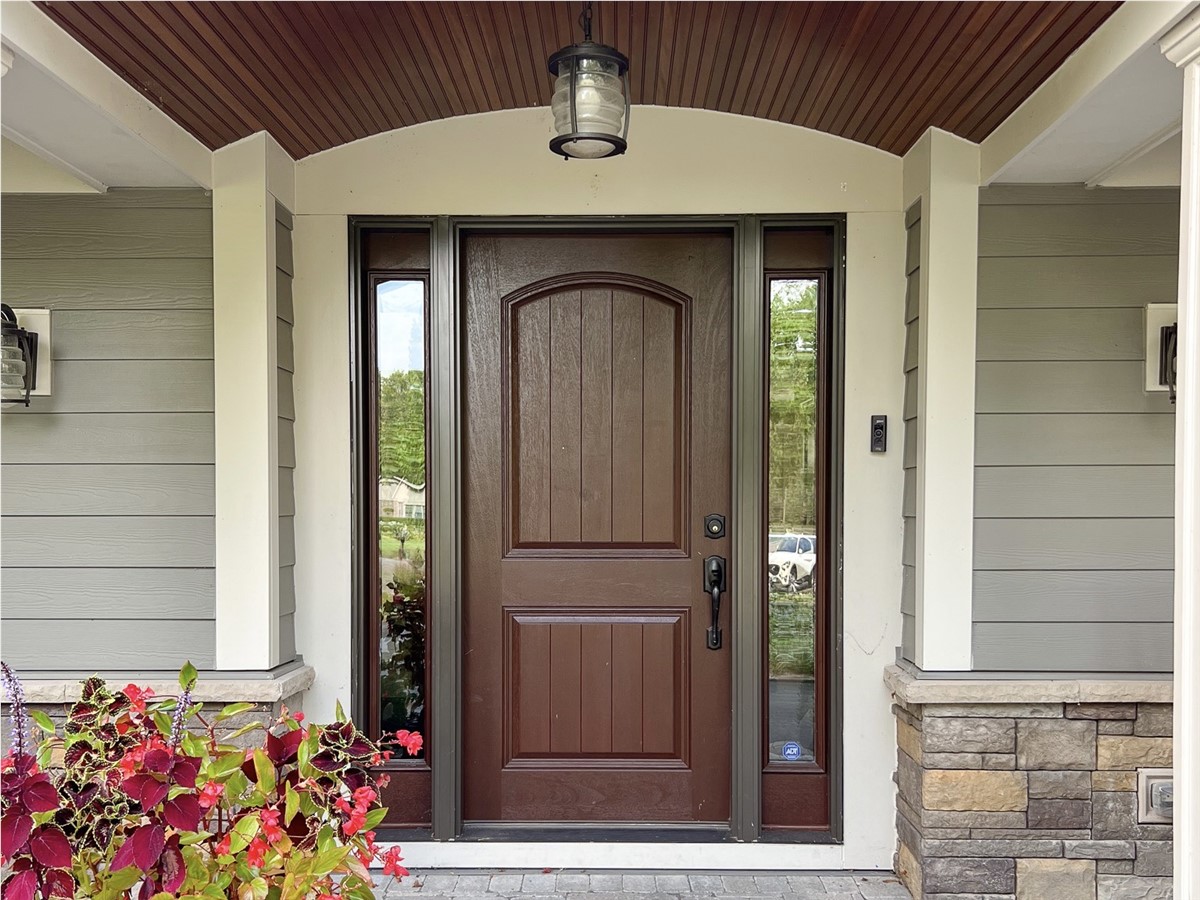

Comments